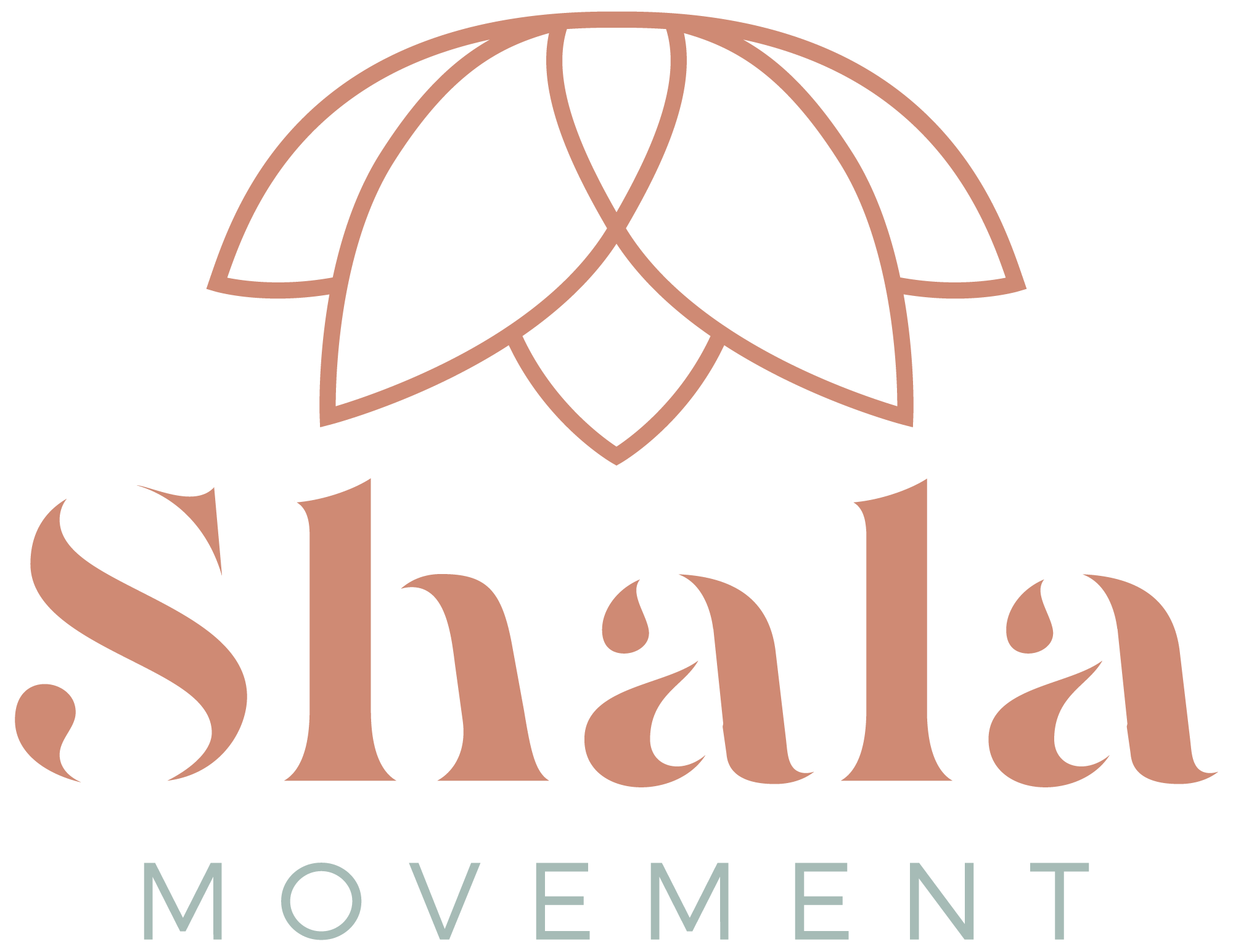
Wherever you practice, a proper yoga mat is essential. Working on a rug, slippery towel or overly-soft gym cushion can lead to injury and frustration. Most studios and gyms offer mats for public use, but owning your own can be a more hygienic and personalised alternative.
While there are many options available, the vast majority of yoga mats work perfectly well for most styles of yoga. Often, your choice will come down to personal preference. That said, understanding the differences will help you select a mat that fits your personal needs.
Yoga Mat Thickness and Weight
Yoga mats range from super thin and compact travel 1mm styles that weigh a mere 0.5kg to cushy 5mm and up that weigh up to 4kg. If you’re not sure where to start, choose a mat that’s about 3mm thick (or 1/8-in), a pretty standard thickness.
These mats are excellent for those in a strong, flowing practice. They allow solid contact with the floor, which helps with stability during a variety of poses.
Compared to thicker mats, they are also less likely to catch and get in your way when you flow from pose to pose.
Thinner vs. Thicker Mats
Thinner mats can help increase stability for styles of yoga with more active poses or balanced, focused poses. Look for mats with textured surfaces to maintain better grip when the poses get more strenuous.
Thicker mats provide extra cushioning and are best for more therapeutic practices. If you enjoy restorative yoga, a style with fewer poses that you hold longer, for example, you may prefer a softer, more cushioned mat.
Thicker mats are also more comfortable for forearm and kneeling poses and for yogis with tender knees or achy joints. But they can be more difficult to balance on during standing poses.
Yoga Mat Materials and Durability
When selecting the material for your yoga mat, you can choose anything from inexpensive PVC to environmentally friendly natural rubber and cork. Which material you choose will affect the mat’s price, weight, grip and durability.
Generally, thicker mats last longer than thinner mats. That said, mat durability is also related to the material the mat is made from. PVC is a plastic-based material that is highly durable, easy to clean and offers good floor grip. However, PVC mats are non-absorbent and can become slippery when you sweat heavily. PVC is latex-free, a benefit to those with latex allergies, however, it is not biodegradable or as environmentally friendly as other options.
TPE (thermoplastic elastomer) is a man-made blend, usually of plastic and rubber polymers. TPE mats may be more environmentally friendly than PVC, and some are fully recyclable. TPE mats are generally less durable than PVC mats of the same thickness, but still deliver good traction.
Eco / natural mats come from a variety of sources and combinations, including natural rubber, organic cotton, jute and cork. Eco mats natural texture provides traction for your body. Eco mats top the list if sustainability is your priority.
If your yoga plans include travel, or you simple want something in your bag for a session in the park, then look for a travel mat that’s specifically designed for portability. Travel mats are very thin and light and pack down smaller than traditional mats, so they’re easy to take along in your luggage. Keep in mind that you will sacrifice some cushioning with a travel mat.
So there you go, some considerations when buying a mat. Check out our range of carefully selected ethical and sustainable eco mats at our online home Shala Movement!

